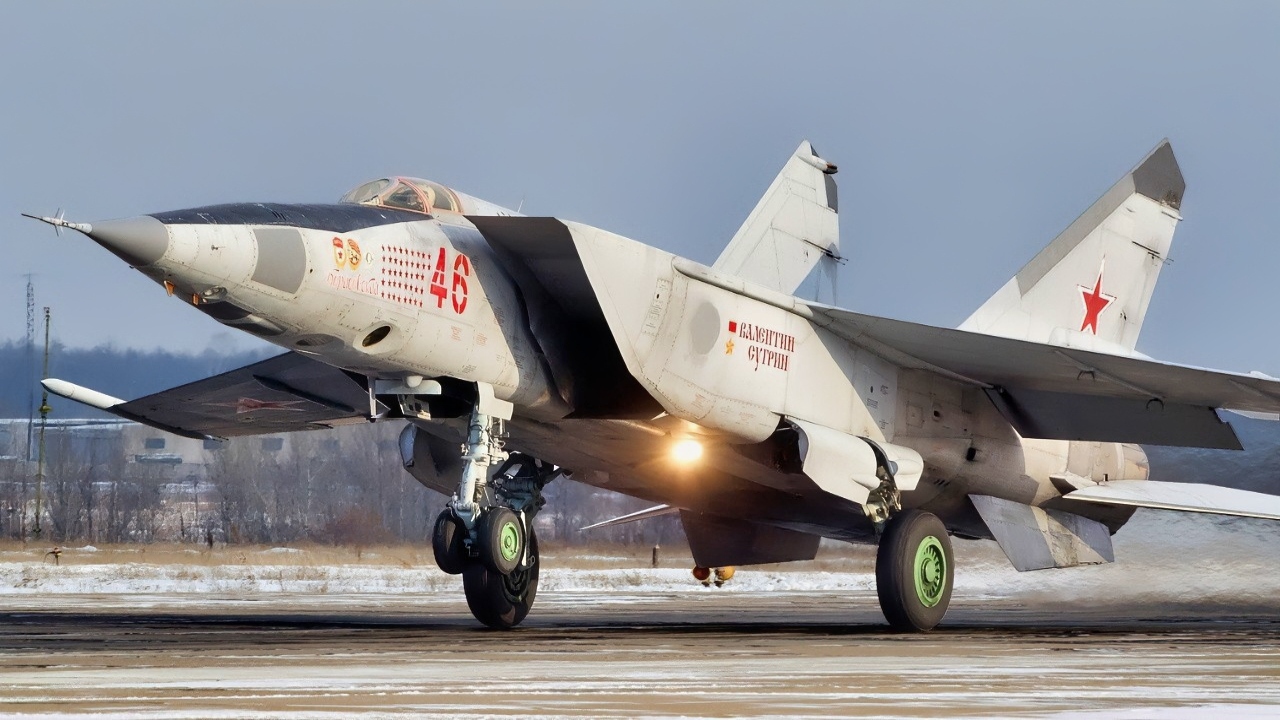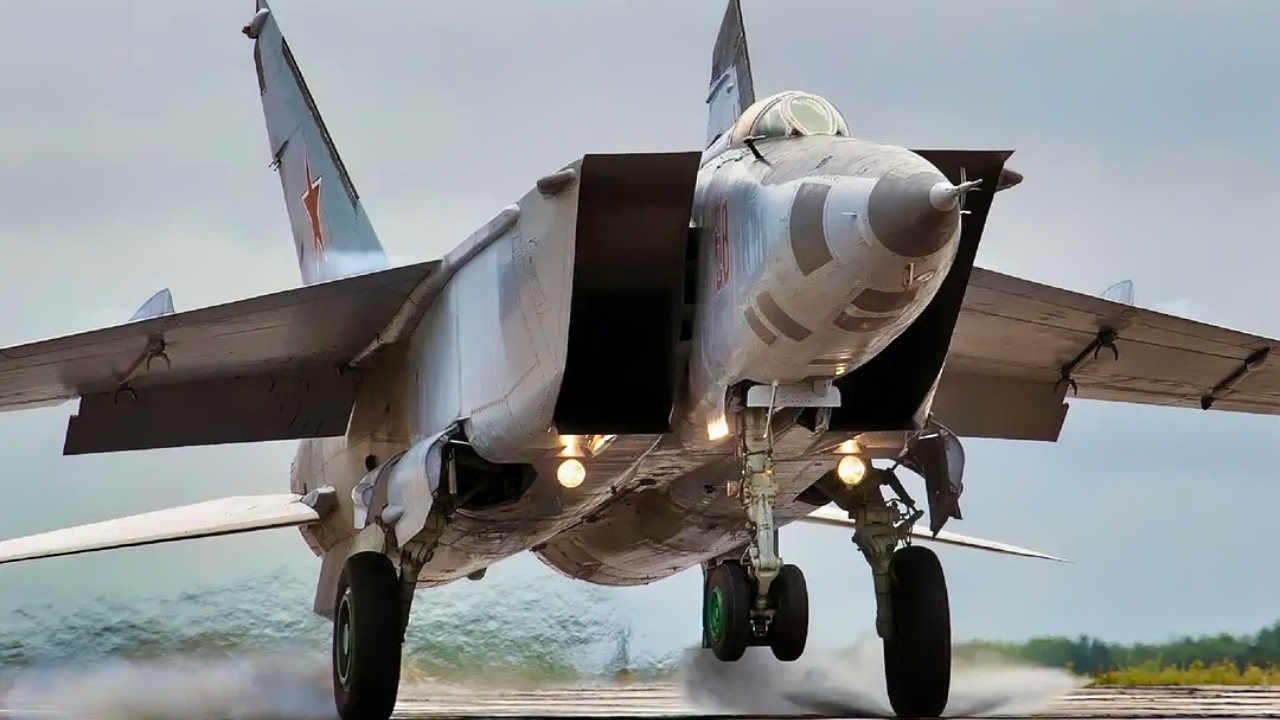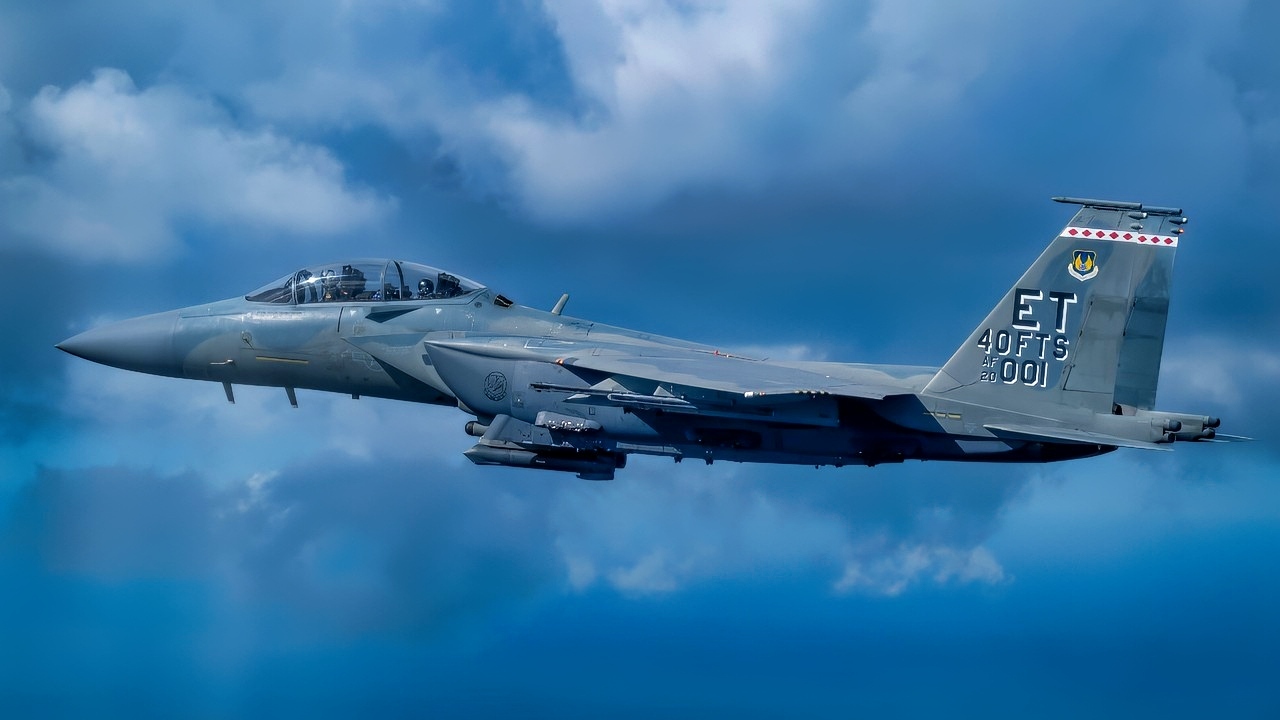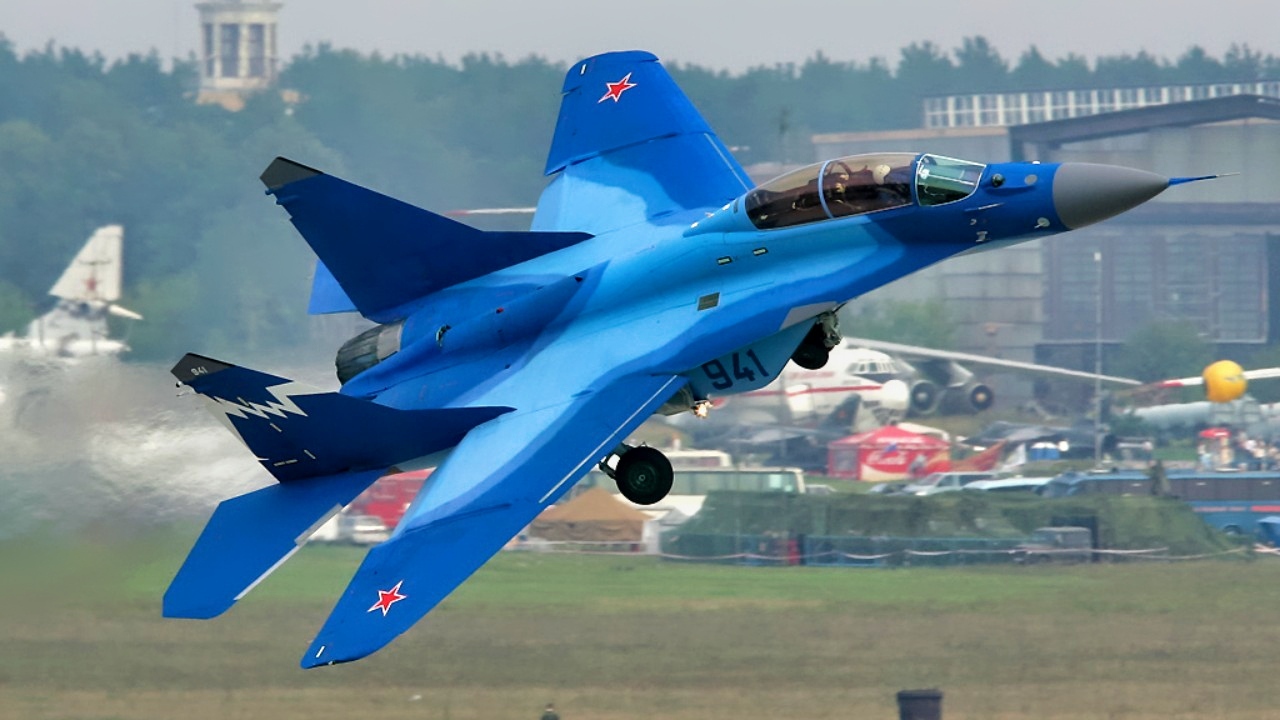Key Points and Summary – Two pivotal Cold War-era events gave the U.S. invaluable intelligence on Soviet fighter jets. In 1976, Viktor Belenko’s defection in a MiG-25 allowed the West to analyze the once-feared “Foxbat,” revealing its critical weaknesses.
-In 1997, the U.S. purchased 21 MiG-29s from Moldova, preventing their sale to Iran and allowing engineers to dissect the aircraft completely.

MiG-25 Taking Off. Image Credit: Creative Commons.

MiG-25 Foxbat Fighter. Image Credit: Creative Commons.
-Both the defection and the purchase provided hard data that demystified the threat and allowed the U.S. to refine its own tactics and technology, proving the best intelligence comes from hands-on access.
MiG-25 Foxbat and More: What We Learned From Russia’s MiGs
When Soviet pilot Viktor Belenko landed his MiG-25 “Foxbat” in Japan on September 6, 1976, it was a significant intelligence windfall for the United States. Suddenly, Western analysts were able to peer into one of Moscow’s most secret weapons and, importantly, expose its limitations.
Two decades later, Washington would use a slightly different version of the same playbook to uncover more secrets about Russian military aircraft. In 1996, the U.S. quietly purchased 21 MiG-29 fighters from Moldova to prevent their acquisition by Iran, and in doing so learned more about Russian fighter aircraft design language, features, and limitations.
Together, these two stories from American history demonstrate that, sometimes, the best way to overcome an adversary’s system is to engage with it, test it, observe it, and truly understand it.
The MiG-25 Foxbat Story
Before Belenko escaped from the Soviet Union, the MiG-25 had an almost legendary status in the United States. It was rumored to exceed Mach 3 speeds, could cruise at stratospheric altitudes, and was considered mainly invulnerable to American systems.
On his routine sortie from Chuguyevka in the Russian Far East, Belenko deviated from his flight path, descended below radar coverage, and headed toward Japanese airspace under radio silence. Japanese F-4s were scrambled, but a combination of the weather and radar limitations, on top of the MiG-25 Foxbat’s speed, made interception difficult.
With his fuel almost exhausted, Belenko eventually landed at the Hakodate Airport – a civilian facility – and narrowly avoided colliding with a departing 727. He exited the cockpit, fired a pistol into the air, and then requested asylum.
Japan allowed a team of American and Japanese engineers and experts limited access to the aircraft, which was later disassembled and shipped to a Japanese base for further examination.

MiG-25 Foxbat. Image Credit: Creative Commons.
Those engineers found that while the MiG-25 was indeed quick, its design was poorly suited to low-altitude fighting. It was made of stainless steel, it had poor fuel efficiency, and its engines were fragile when under extreme stress. Add the fact that it had limited agility and no modern look-down/shoot-down abilities, and suddenly the veil of mystery was lifted and Americans knew exactly how it could be defeated.
In the aftermath, the USSR demanded the return of the plane. Japan ultimately created and shipped it back in late 1976, though many parts allegedly went missing. Belenko was ultimately granted asylum in the United States, debriefed by U.S. intelligence, and later became a consultant.
The defection’s impact extended to aircraft development as well. The perceived Foxbat threat prompted Western designers to push the boundaries with new designs, demanding more from fighters like the F-15.
That single defection ultimately transformed what was once a psychological threat into a known entity – and not only did it provide the U.S. with vital information about an adversary’s fighter platform, but it also prompted the U.S. to demand and utilize its own aircraft more effectively.

A U.S. Air Force F-15EX Eagle II fighter jet assigned to Eglin Air Force Base, Florida, flies near Jacksonville, Florida, Nov. 2, 2024. Airmen from the 40th Flight Test Squadron and 96th Aircraft Maintenance Unit supported a flyover for the annual Florida-Georgia college football game. (U.S. Air Force photo by Staff Sgt. Blake Wiles)

The Air Force’s newest fighter, the F-15EX Eagle II, was revealed and named during a ceremony April 7 at Eglin Air Force Base, Fla. The aircraft will be the first Air Force aircraft to be tested and fielded from beginning to end, through combined developmental and operational tests. (U.S. Air Force photo/Samuel King Jr.)
The 1997 MiG-29 Procurement
After the dissolution of the Soviet Union, vast weapons arsenals sat idle across several new states in Eastern Europe.
Many governments lacked the resources to maintain them, and as a result, the United States seized the opportunity to prevent advanced jets from falling into the wrong hands. So, to prevent adversaries from getting a hold of them, the U.S. started to purchase them.
In October 1997, the U.S. acquired 21 MiG-29 fighters from Moldova, along with hundreds of missiles, spares, and diagnostic gear. At the time, the C-model jets were particularly concerning for the United States, described by American officials as being “wired” for nuclear ordnance delivery.
Under the Cooperative Threat Reduction (CTR) framework, U.S. C-27 transports moved the aircraft to Wright-Patterson Air Force Base in Ohio, where the National Air and Space Intelligence Center and its foreign materiel exploitation teams took control of the newly-purchased fleet. Teams of engineers disassembled, tested, and evaluated the jets, from their wiring and mission computers to radar behavior, propulsion and thermal systems, maintainability, and beyond.
And while for the most part the efforts were widely praised as a nonproliferation effort – preventing Iran from gaining access to nuclear-capable aircraft – the payoff was actually much deeper than that.

MiG-29K. Image Credit: Creative Commons.
Owning those jets allowed American engineers to refine threat models, upgrade their training, and change their tactics, and coordinate planned hardware countermeasures based on hard facts rather than speculation. For example, knowing the maintenance demands and sortie generation limits allowed U.S. planners to simulate more realistic and accurate contest scenarios against an Iranian fleet.
Additionally, the acquisition also set a precedent: it proved that the most effective defense isn’t always to coerce, but to outbid, acquire, or deny.
While Belenko’s defection and the purchase of Moldovan MiG-29s are separated by decades and represent fundamentally different scenarios, they both demonstrate that to defeat a system, one must first fully understand it. And to understand it, you need to get inside of it. And that logic holds today.
Whether drones, stealth aircraft, or cyber-augmented systems, the same principle still applies – and as unmanned vehicles are used in ever-increasing numbers in combat, they’re also shot down in ever-increasing numbers.
In Ukraine, this dynamic has enabled analysts from around the world to identify the source of parts used in the manufacture of UAVs and adapt accordingly.
About the Author:
Jack Buckby is a British author, counter-extremism researcher, and journalist based in New York. Reporting on the U.K., Europe, and the U.S., he works to analyze and understand left-wing and right-wing radicalization, and reports on Western governments’ approaches to the pressing issues of today. His books and research papers explore these themes and propose pragmatic solutions to our increasingly polarized society. His latest book is The Truth Teller: RFK Jr. and the Case for a Post-Partisan Presidency.
More Military
‘Captain, We Have Been Hit’: A Tiny Nuclear Submarine ‘Sank’ $4.5 Billion Navy Aircraft Carrier
America’s F-35 Stealth Fighter Simply Summed Up In Just 1 Word
China’s New J-35 Stealth Fighter Simply Summed Up In Just 1 Word
The U.S. Navy Is Now ‘Cannibalizing’ Its Own Fighter Jets and Submarines
Operation Black Buck: How Avro Vulcan Bombers Broke Range Records in the Falklands War










